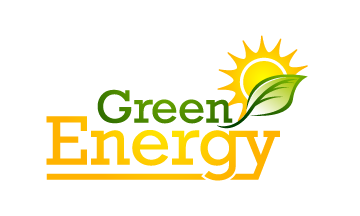More than 20 000 jobs and an investment of over U.S. $ 3 billion, is the benefit to come from the solar energy project as announced the DACC Associates LLC MAMSKA Guinea-LTD and the utility of Guinea (EDG) announced on Tuesday, January 24 in Conakry.
The solar power project of 1000 MW is 100% funded by the U.S. partner DACC. In its activities, it will be assisted by international financial companies involved in the sector of renewable energy,said the president of Guinea Mamaska. This project, adds Mamady Kaba Sinkoun, will produce energy to sell to the EDG. After reaching the objectives of the project on an area of about 6 to 7 years, plants and materials will return to the Guinean government.
However, the partner has set up a factory manufacturing solar panels with international standards to meet the demands at the country and export to the nearby regions. An ambition of size that is! In the future, we can see with how Guinea will become, if this project to be realized, the first African country to have a manufacturing facility on its soil.
In the first instance, or the pilot phase, the project wants to put in the Boke region a production of 50 MWC that will be distributed as follows: Boke 5 MWp with an annual production of 43,200 MWh, the village of Kamsar 5 MWp for annual production of 43,200 MWh and the mines 40 MWp for an annual production of 345,000 MWh.
Second, Mamska-DACC plans to install solar photovoltaic for all the mines in Guinea. Then, build solar power plants in the prefectures and Rural Communities Development (CRD). It should also notice that the power to be installed in each prefecture will vary between 3 MWp to 5 MWp, depending on the size of the region concerned and the needs of application.
The work on this project will soon begin to allow Guinea to have electricity 24/24 when we know that the electric current service, even in Conakry, remains to be desired.
Basma- International Green Energy News Correspondent – 25/01/2012.

